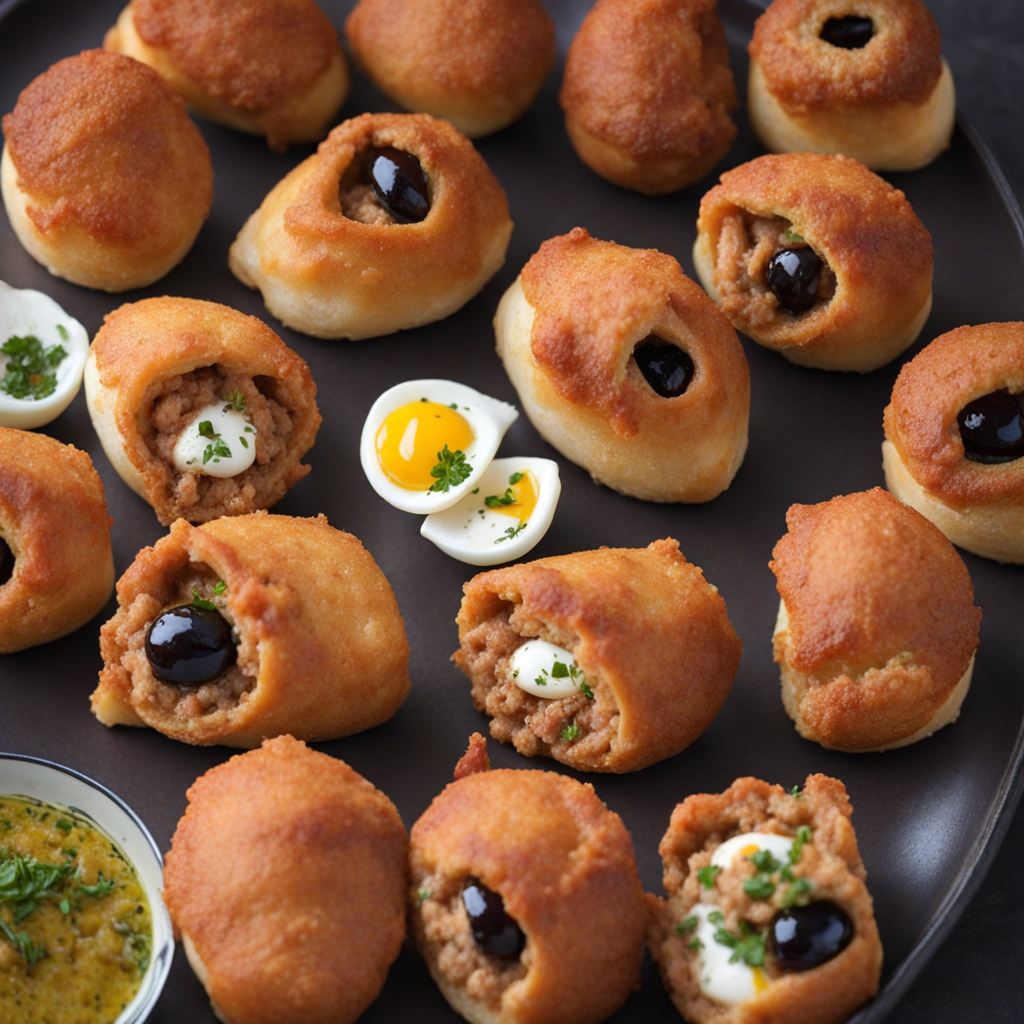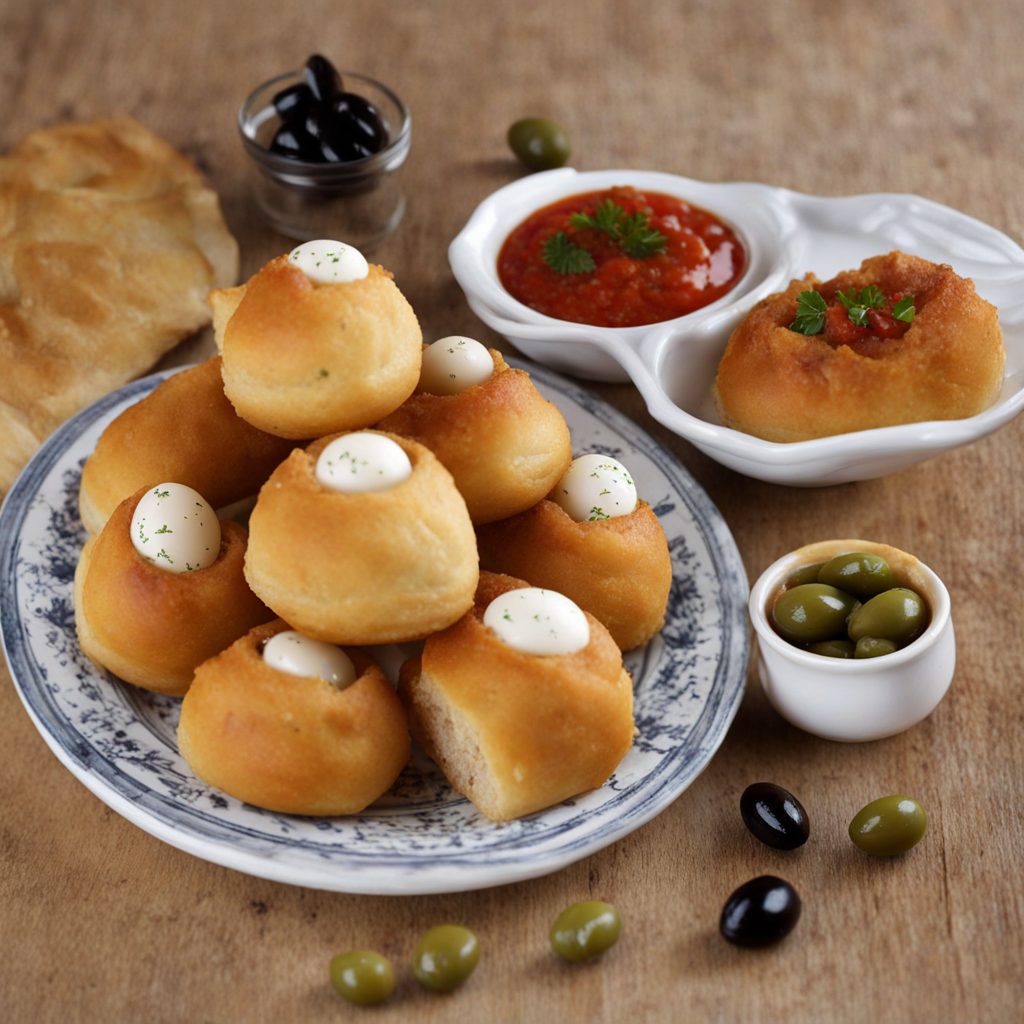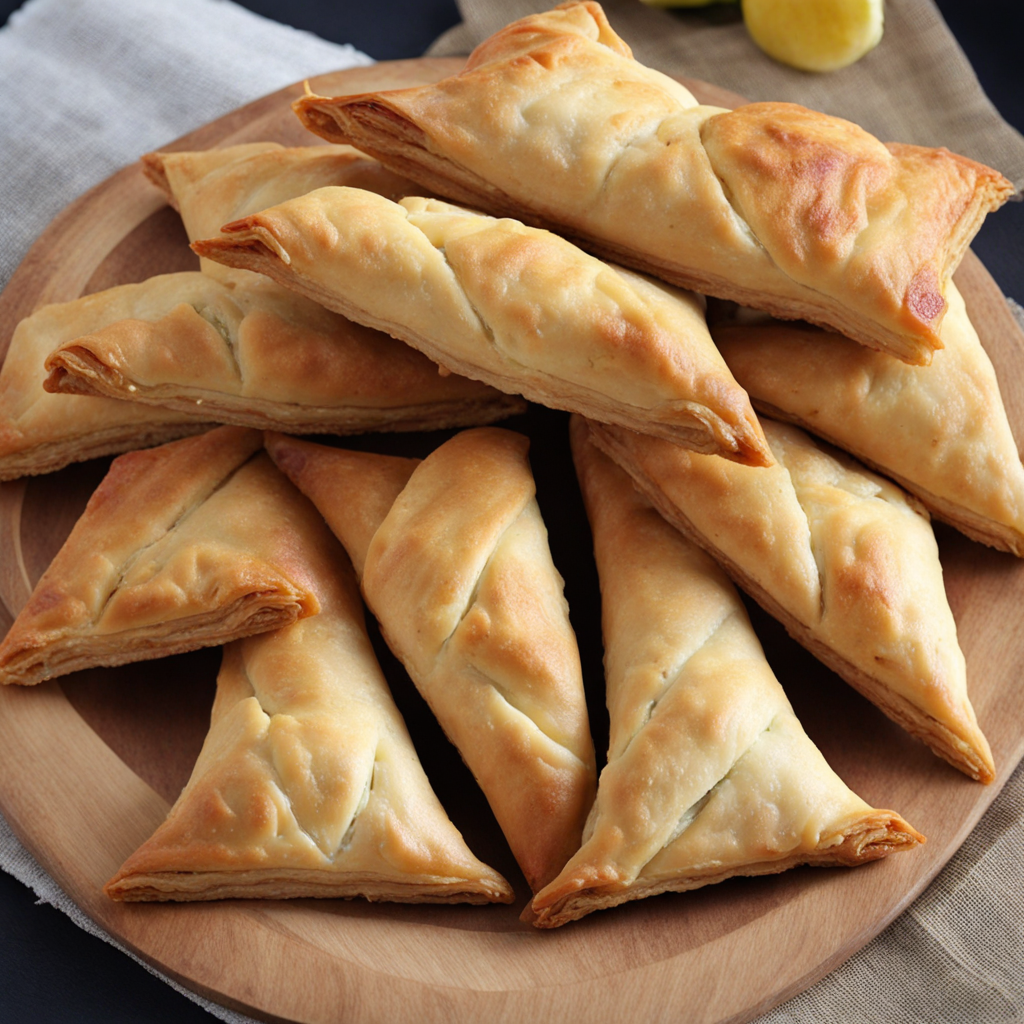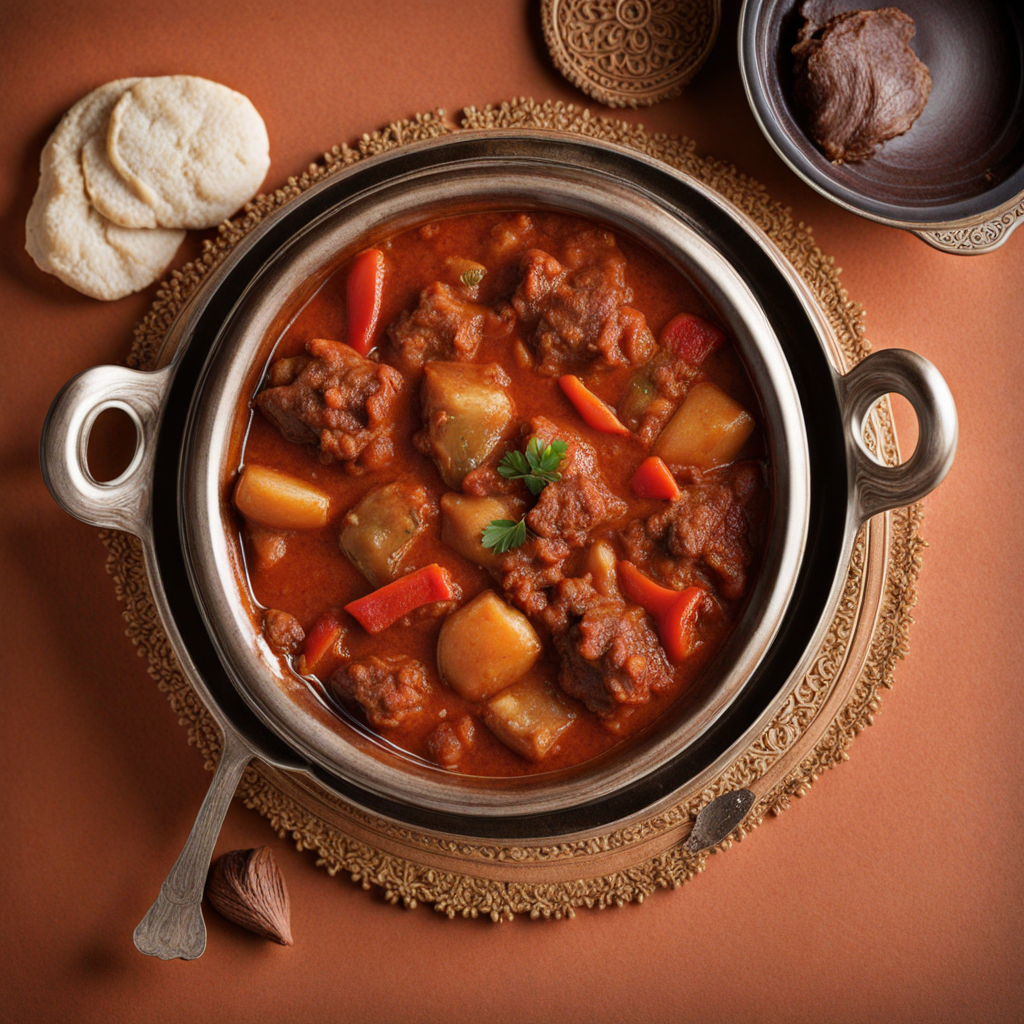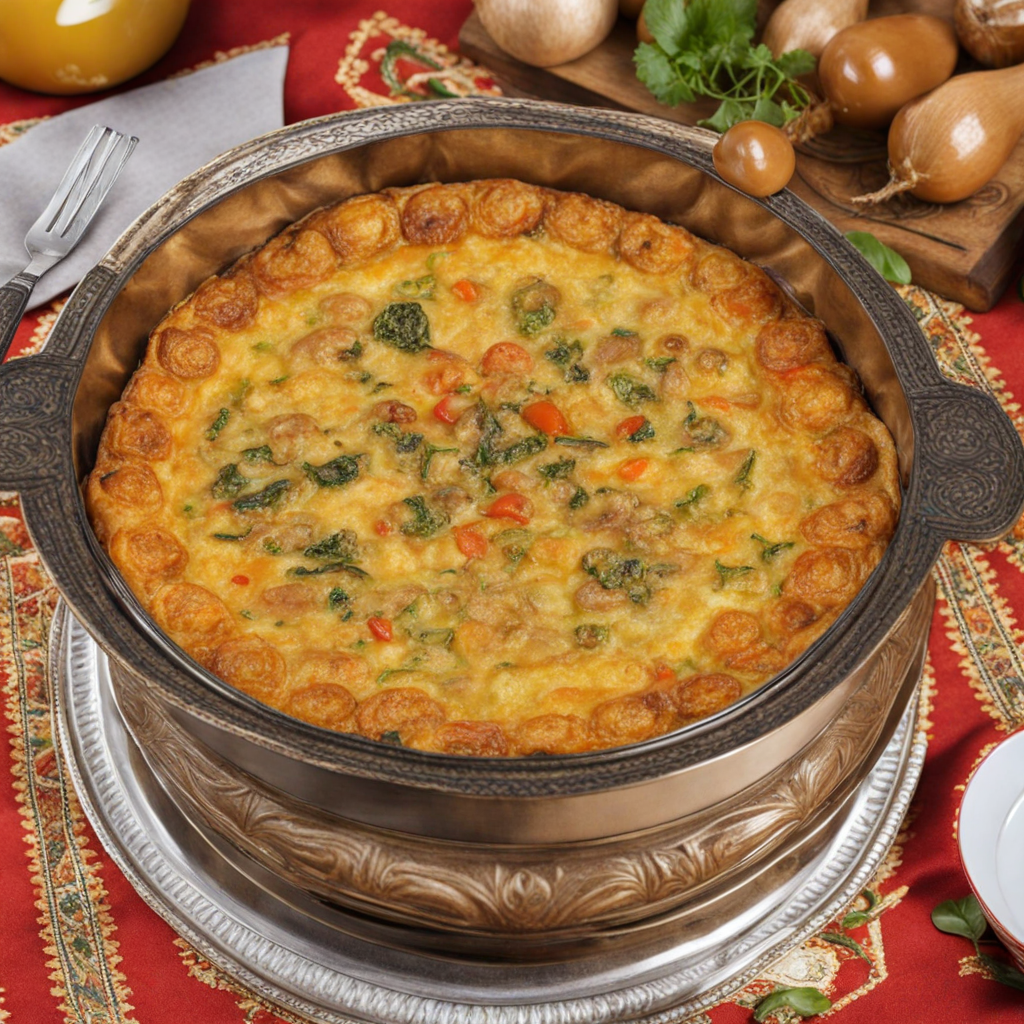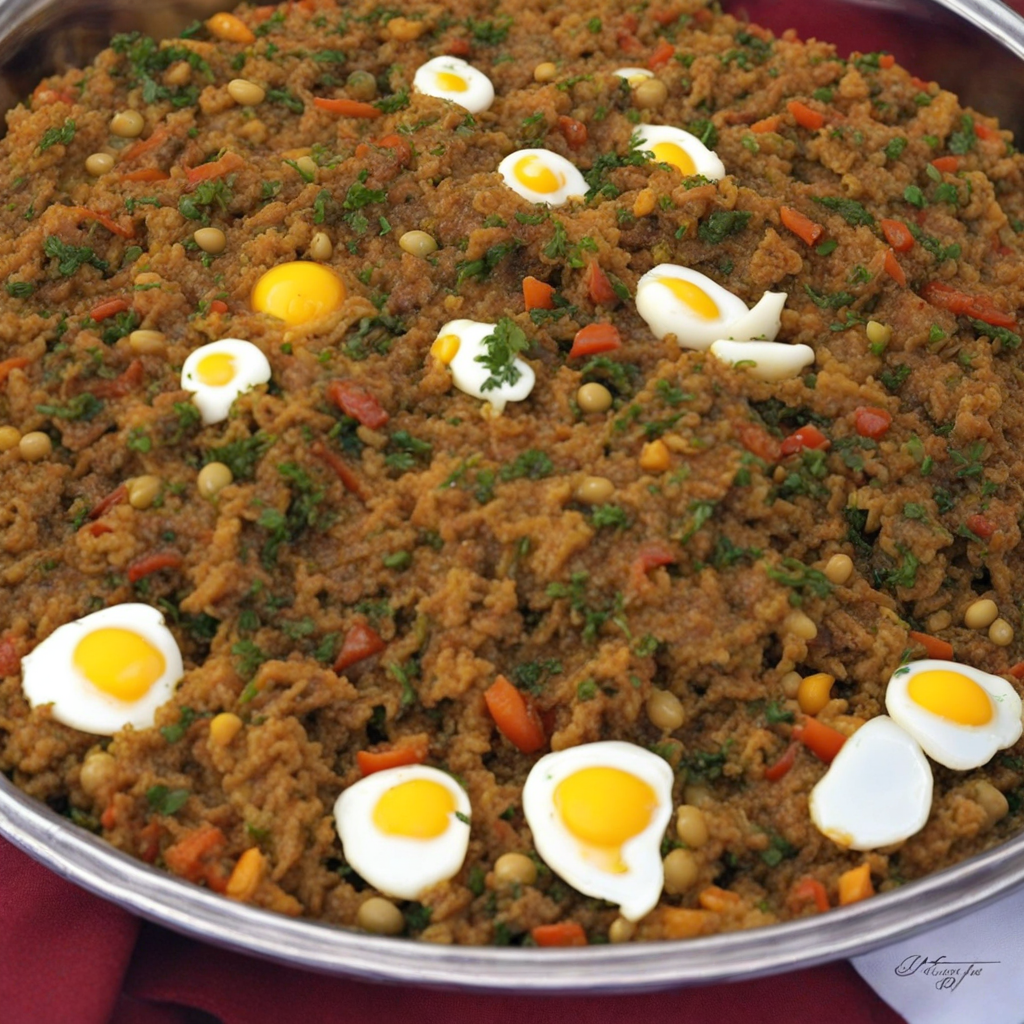Fricassé
Fricassé is a delightful Tunisian street food that captures the essence of the country’s vibrant culinary heritage. This dish features a unique take on stuffed bread, typically deep-fried to a golden perfection. The outer layer consists of a soft, slightly chewy dough, while the inside is generously filled with a medley of ingredients that usually include tuna, hard-boiled eggs, and olives. The combination of flavors provides a satisfying contrast, with the saltiness of the tuna and olives balanced by the creamy richness of the eggs. Each bite is a harmonious blend of textures and tastes that truly celebrates the local palate. In addition to the traditional fillings, Fricassé can also be customized according to personal preferences, allowing for a variety of fillings such as spiced potatoes, harissa, or even a mix of fresh vegetables. This versatility makes it not just a snack, but a meal that can cater to diverse dietary preferences. It's often served with a side of spicy sauce or a refreshing salad, enhancing the experience and adding a kick to the dish. The vibrant spices used in the fillings, such as cumin and coriander, infuse the Fricassé with an aromatic depth that is both comforting and exciting. Fricassé is more than just a food item; it's an experience that invites you to explore the rich culture of Tunisia. Enjoyed primarily as a street food, it’s a popular choice among locals and visitors alike, often found in bustling markets and food stalls. The act of biting into a warm, crispy Fricassé is a sensory delight, transporting you to the heart of Tunisian life. Whether you're savoring it on the go or sitting down to enjoy it with friends, Fricassé offers a delicious glimpse into the country’s culinary traditions that is sure to leave a lasting impression.
How It Became This Dish
Fricassé: The Tunisian Delight with a Rich Heritage In the vibrant tapestry of Tunisian cuisine, few dishes embody the spirit of the country as much as fricassé. This delightful snack, often seen as a symbol of Tunisian culinary ingenuity, has a rich history that reflects the country's diverse cultural influences, social traditions, and evolving gastronomic landscape. To truly appreciate fricassé, one must delve into its origins, cultural significance, and its development over time. Origins: A Culinary Crossroads Fricassé traces its roots back to the Mediterranean region, where the interplay of various cultures has shaped culinary practices for centuries. The dish is believed to have been inspired by the French "fricassée," a method of cooking meat in a savory sauce, although the Tunisian version has diverged significantly from its French counterpart. In Tunisia, fricassé adopts a unique identity, characterized by its use of bread rather than meat as the primary ingredient. The dish consists of a deep-fried doughnut-like bread filled with a variety of ingredients, most commonly tuna, boiled eggs, olives, and sometimes capers. The bread itself is made from a simple dough of flour, water, yeast, and salt, which is left to rise before being shaped and fried until golden brown. This preparation method reflects the Tunisian custom of frying, which is prevalent in many local dishes. Cultural Significance Fricassé is more than just a snack; it is a cultural phenomenon deeply embedded in Tunisian society. Traditionally served in small shops and street stalls, fricassé is a popular choice for a quick bite, often enjoyed during family gatherings, celebrations, and social events. Its accessibility and affordability make it a favorite among all social classes, from students to professionals. In Tunisia, food is not merely sustenance; it is an integral part of social life. Sharing a meal, especially one like fricassé, fosters connections and strengthens bonds among family and friends. The dish has also become a staple in the bustling markets of Tunis, where vendors skillfully prepare and serve it to eager customers. The sight of fricassé being made—dough being shaped, filled, and fried—adds to the vibrant atmosphere of these marketplaces, making it a sensory experience that goes beyond taste. Moreover, fricassé holds a special place during festive occasions. For instance, during Ramadan, the holy month of fasting, fricassé is often prepared as an iftar snack, breaking the fast with its deliciously savory filling. It is also commonly served at weddings and other celebrations, symbolizing joy and togetherness. Development Over Time As Tunisia navigated through various historical phases—colonization, independence, and globalization—so too did fricassé evolve. During the French protectorate in the early 20th century, the culinary landscape of Tunisia began to blend more significantly with French influences. This period saw the introduction of new ingredients and cooking techniques, which subtly influenced traditional recipes, including fricassé. In contemporary Tunisia, fricassé has adapted to changing tastes and lifestyles. While the classic fillings of tuna and eggs remain popular, innovative chefs and home cooks have experimented with various ingredients, reflecting the global trend of fusion cuisine. Some variations now include chicken, shrimp, or even vegetarian options, catering to a broader audience and making the dish more inclusive. The rise of social media has also played a pivotal role in the dish’s evolution. Food bloggers and influencers have showcased fricassé, introducing it to a wider audience beyond Tunisia. This increased visibility has not only popularized the dish but has also encouraged culinary experimentation, leading to new interpretations that honor the original while embracing modern flavors. A Symbol of Resilience At its core, fricassé is a testament to the resilience of Tunisian culture. Throughout history, Tunisia has faced numerous challenges, from colonial rule to economic hardships. Yet, food has remained a source of comfort, identity, and pride. Fricassé embodies this spirit, as it is a dish that can be made with simple, readily available ingredients, reflecting the resourcefulness of Tunisian households. Furthermore, the emphasis on communal eating and sharing food speaks to the values of hospitality and generosity that are deeply rooted in Tunisian culture. The act of preparing and serving fricassé brings families together, fostering a sense of belonging and continuity amidst the changing tides of modern life. Conclusion: The Future of Fricassé As Tunisia continues to navigate the complexities of the 21st century, fricassé remains a beloved and cherished part of its culinary heritage. It stands as a delicious reminder of the country’s diverse history and the fusion of cultures that have shaped its identity. Whether enjoyed at a bustling street stall, at home with family, or at a festive gathering, fricassé is more than just food; it is a cultural symbol that encapsulates the warmth, hospitality, and resilience of the Tunisian people. In the coming years, as globalization continues to influence culinary practices, the essence of fricassé will undoubtedly evolve further. However, its roots will remain firmly planted in the rich soil of Tunisia’s history, culture, and tradition. The future of fricassé is bright, as it continues to adapt, innovate, and inspire, inviting new generations to savor its unique flavors and share in the joy of this timeless dish.
You may like
Discover local flavors from Tunisia


